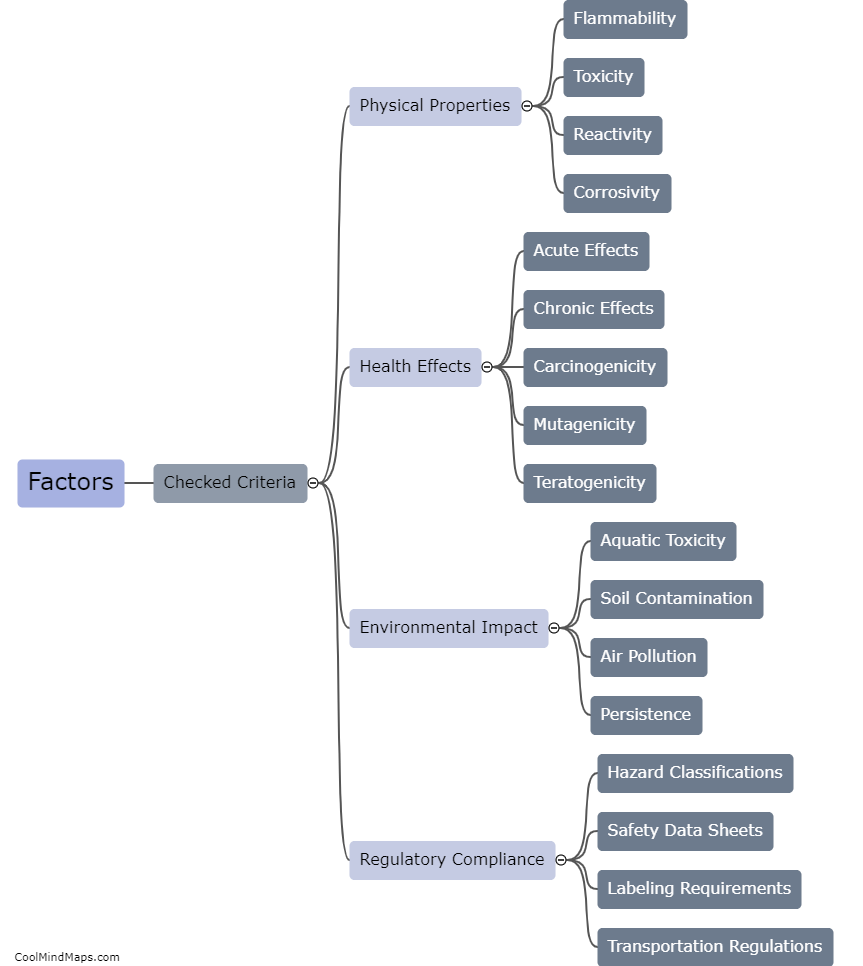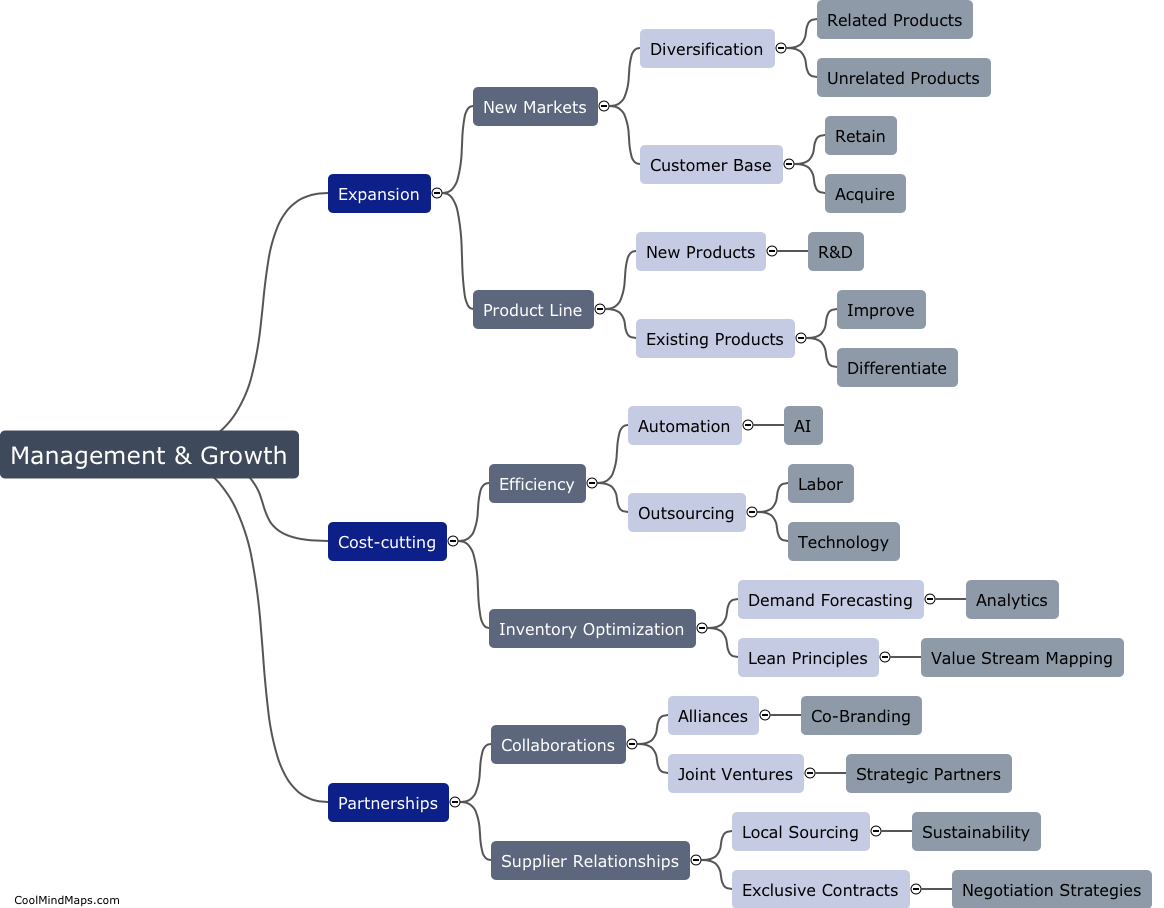What factors should be checked to determine if a material is dangerous?
When determining if a material is dangerous, several factors need to be examined. First and foremost, its chemical composition should be assessed to identify any hazardous substances present. This involves analyzing the material's ingredients, potential for chemical reactions or off-gassing, and its stability under various conditions. Another crucial factor to consider is the material's physical properties, such as flammability, volatility, toxicity, and its ability to cause physical harm like cuts, burns, or electrocution. Additionally, one must evaluate any known health risks associated with the material, including its potential to cause respiratory issues, skin irritations, or long-term health problems through exposure or ingestion. Proper assessment of these factors allows for the identification of potential dangers and the implementation of appropriate safety measures.

This mind map was published on 27 January 2024 and has been viewed 83 times.











